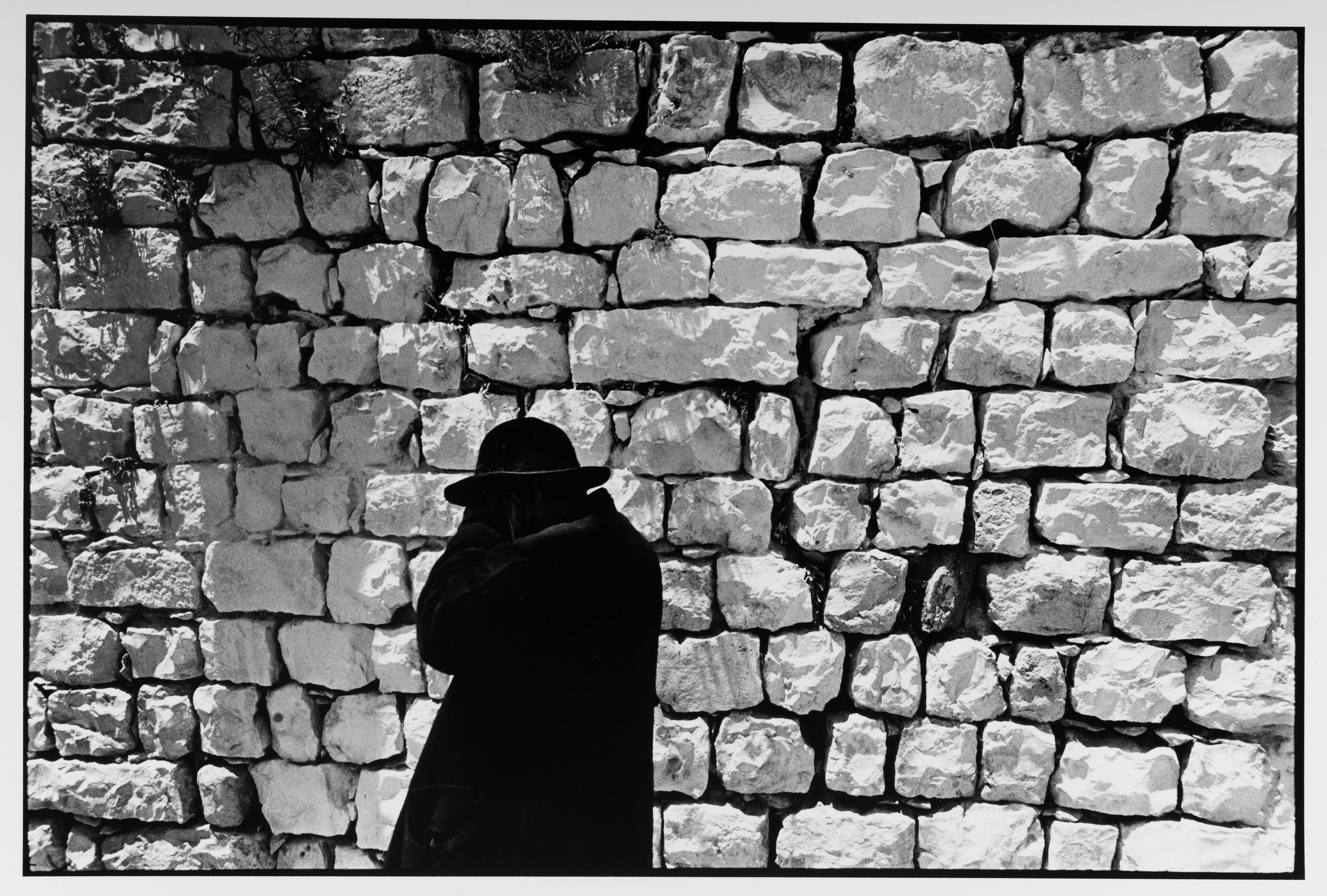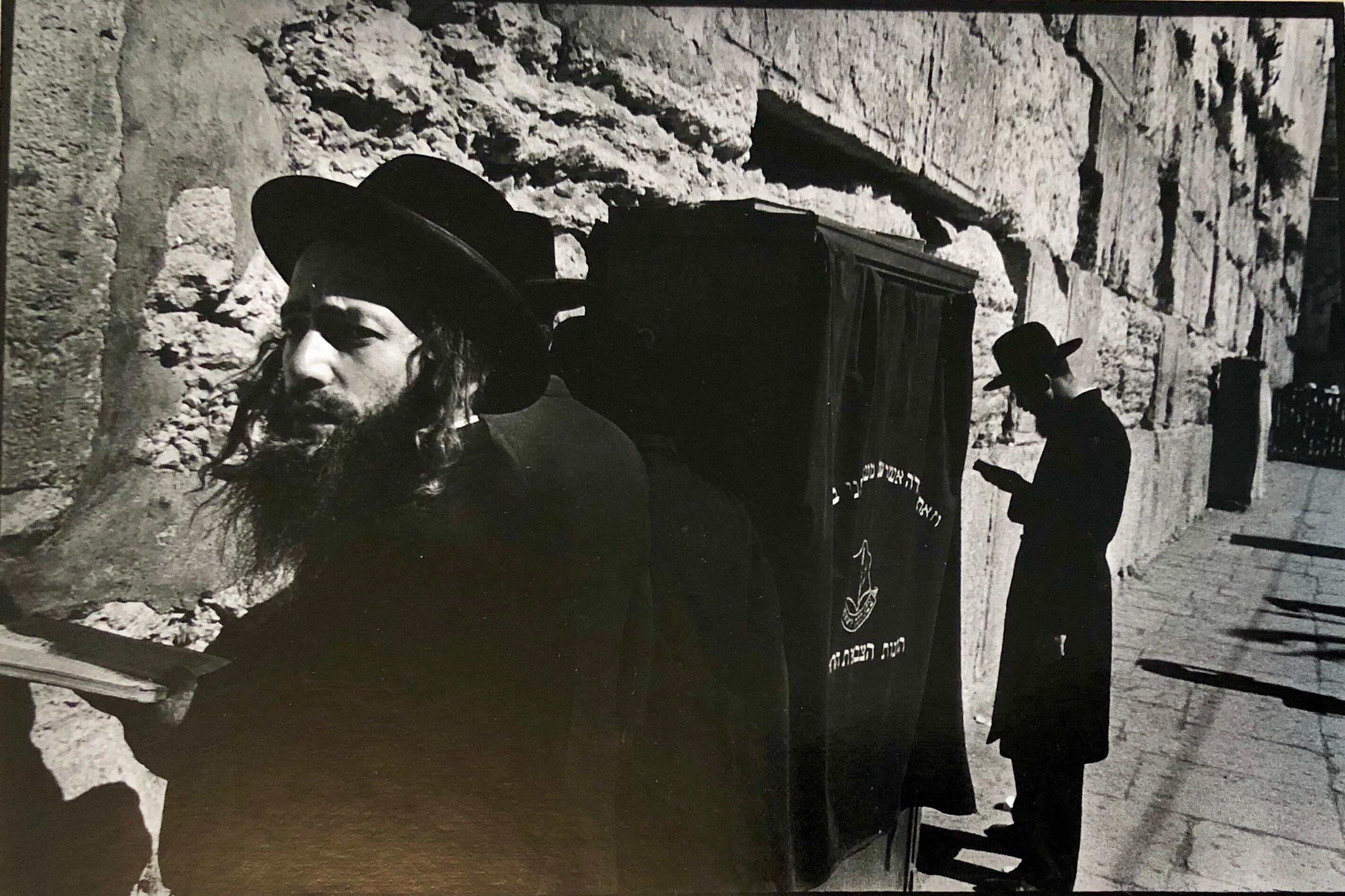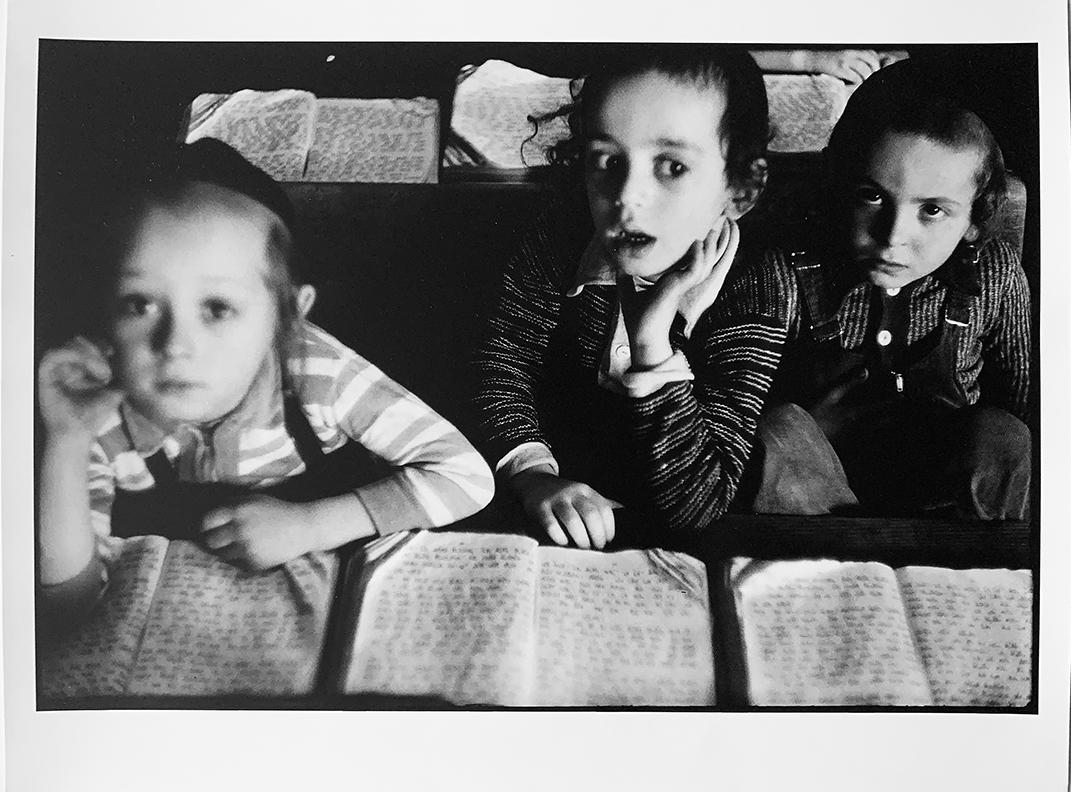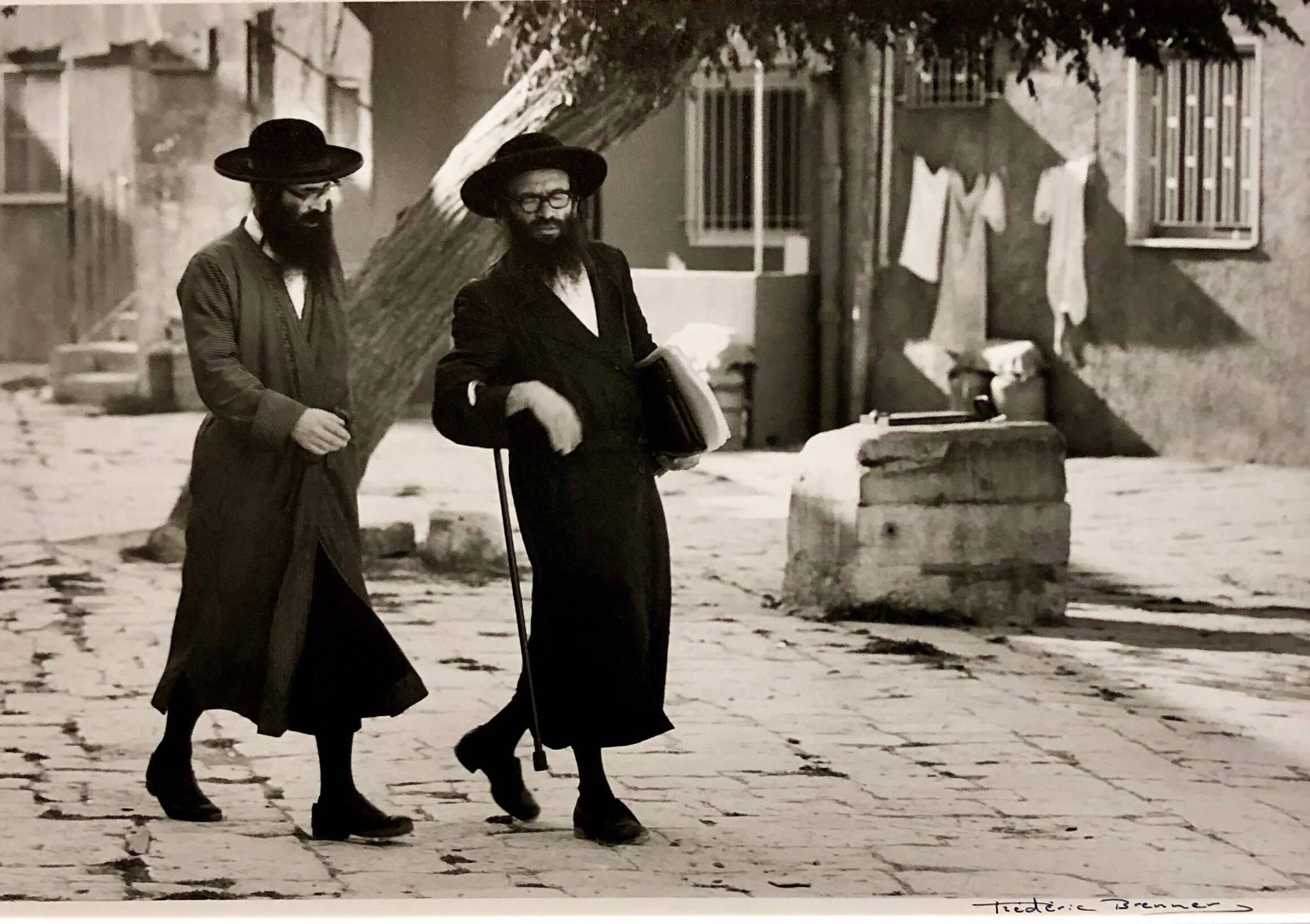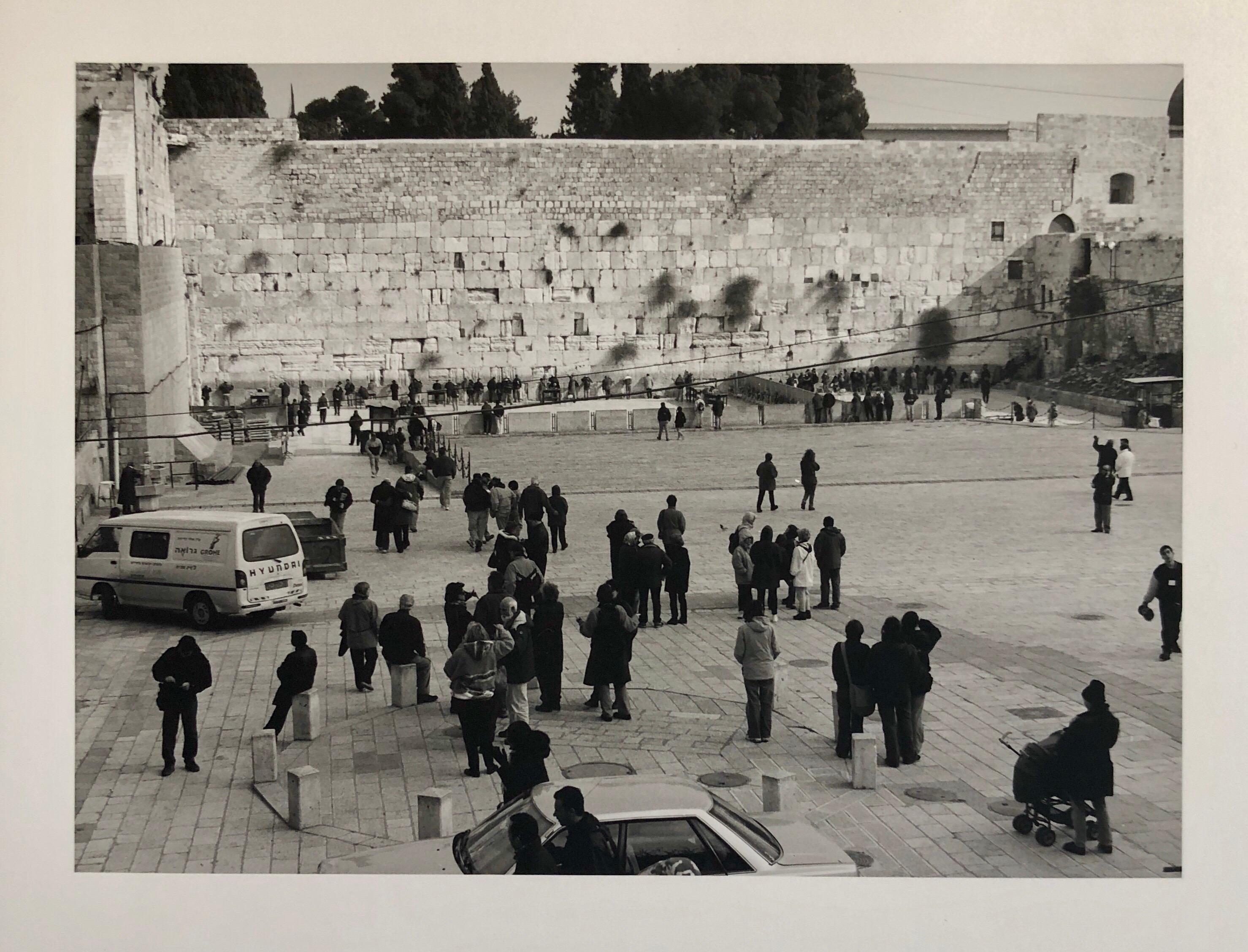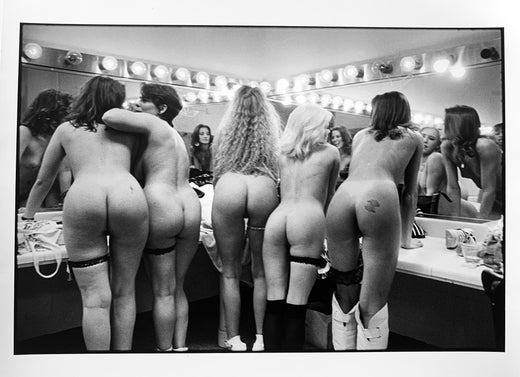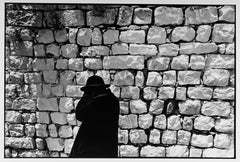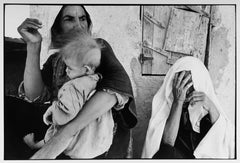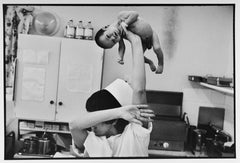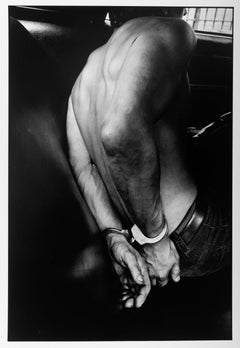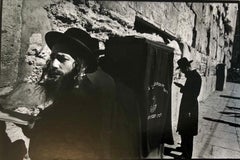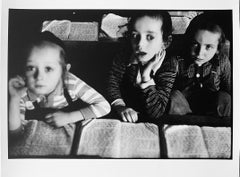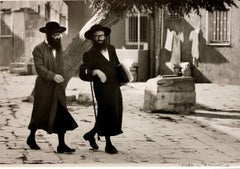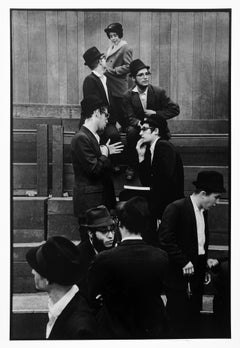Leonard FreedWailing Wall Jerusalem1967
1967
About the Item
- Creator:Leonard Freed (1929 - 2006, American)
- Creation Year:1967
- Dimensions:Height: 16 in (40.64 cm)Width: 20 in (50.8 cm)
- Period:
- Condition:
- Gallery Location:Westwood, NJ
- Reference Number:1stDibs: LU4861512093
Leonard Freed
Leonard Freed was born on October 23, 1929, in Brooklyn. Although Freed's photographic career is defined by documentary photo essays, such as Black in White America, Freed traveled extensively and captured people, places and things that interested him in locations around the globe. A Magnum photographer, Freed traveled widely, photographing African Americans in America from 1964–65, events in Israel from 1967–68 and in 1973 and the New York City police department from 1972–79, to name a few celebrated assignments. Freed’s coverage of the American civil rights movement made him famous, although he continued to produce photo essays on New York, Italians and many other subjects. Leonard Freed worked as a freelance photographer from 1961 until his death on November 29, 2006, Philipstown.
- ShippingRetrieving quote...Shipping from: Westwood, NJ
- Return Policy
More From This Seller
View All1960s Black and White Photography
1960s Black and White Photography
1970s Black and White Photography
1970s Black and White Photography
1950s Black and White Photography
1970s Black and White Photography
You May Also Like
1960s American Realist Black and White Photography
Black and White, Silver Gelatin
1960s Contemporary Black and White Photography
Photographic Film, Photographic Paper, Silver Gelatin
1970s Realist Black and White Photography
Silver Gelatin
1950s Contemporary Black and White Photography
Archival Ink, Photographic Film, Archival Paper, Digital, Digital Pigmen...
Early 2000s Post-Modern Black and White Photography
Silver Gelatin
2010s Figurative Photography
Photographic Paper
